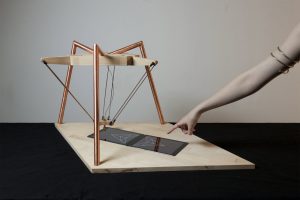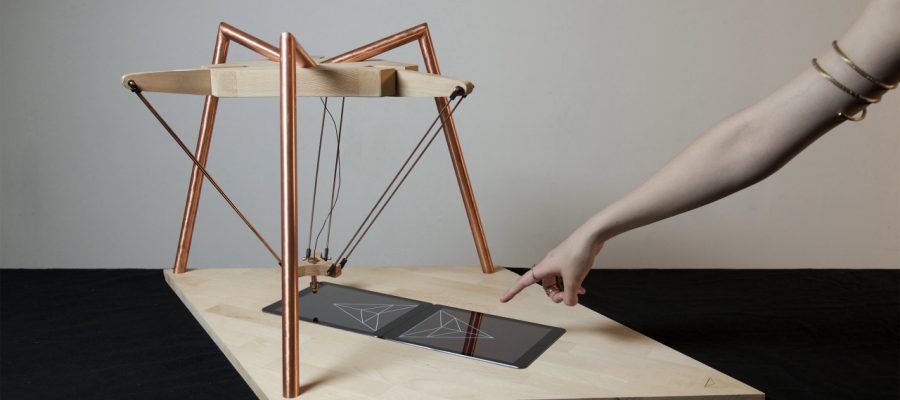The consequences of technology is a central topic in the discussion concerning the posthuman, and I propose that critical design can function as a form for addressing the possibilities of the posthuman condition through conceptual artefacts that speculate technology and its impact on human and non-human agents in the world.
Anthony Dunne and Fiona Raby propose in their book: Hertzian Tales, an attitude or method for articulating and discussing possible futures and ideas through design, which on the basis of conceptual speculation and criticism unveil potential futures through these manifestations. Inspired by the Italian Radical Designers of the 70’s, Dunne and Raby term their practice Critical Design, and describe it on their website as the following:
“Critical Design uses speculative design proposals to challenge narrow assumptions, preconceptions and givens about the role products play in everyday life. It is more of an attitude than anything else, a position rather than a method.” (Dunne, Raby)
A way to illustrate what the scope of critical design is, one can understand its conception of speculative futures by interpreting futurologist Stuart Candy’s diagram of potential futures, in fig.1 below, which Dunne and Raby also advocates in their work: Speculative Everything. (ibid. 2013)

Because of the seemingly unavoidable development of technologies, interactive, computer-based systems, AI, and robotics, I therefore suggest not only a critical posthuman perspective to the analysis and speculation of the implications of technological artefacts and autonomous agents, but also to consider critical design as a relevant form for articulating questions concerning the posthuman.
One recent example of a critical design concept of robotic nature is Deltu, see fig. 2 below, a seemingly autonomous machine that will play the game Together with you, and even produce programmed human-like behaviour, such as distracting itself by taking a selfie, when you don’t play the game right. With a mirrored iPad interface, this artefact is also partly intended for learning with its embedded memory game, where the user learns from the interacting with the robot.
 Deltu reveals a layer of embedded ideology in itself, with its programmed behaviour that function as an entertaining and aesthetic quality, uncovering the robot as a non-human agent that serves to please us with its behaviour, which can refer to the question of whether anthropocentric agency, embedded as behaviour in Deltu’s respect, for the sake of a anthropocentric agency of aesthetics, might be a preferable future, or not, as:
Deltu reveals a layer of embedded ideology in itself, with its programmed behaviour that function as an entertaining and aesthetic quality, uncovering the robot as a non-human agent that serves to please us with its behaviour, which can refer to the question of whether anthropocentric agency, embedded as behaviour in Deltu’s respect, for the sake of a anthropocentric agency of aesthetics, might be a preferable future, or not, as:
“Every era is defined by its technologies.” (Herbrechter, 2013)
Adopting a non-anthropocentric, or critical posthuman approach towards social robots and interactive technologies could contribute to a critical conception to acknowledge all human, non-human, and possibly posthuman, agents, and develop our understanding of the latter, through manifestations that articulate contestable futures, just as Deltu make visible how it’s subject to anthropocentric agency in its restrained mimics, not for the sake of functional value, but for aesthetics.
“if we could communicate with the mosquito, then we would learn that it floats through the air with the same self-importance, feeling within itself the flying center of the world.” (ibid.)
References:
Dunne, Anthony. Raby, Fiona. “Speculative Everything”, 2013
Herbrechter, Stefan. ”Towards a critical posthumanism”, from Posthumanism: A critical analysis, London: Bloomsbury, 2013
http://www.dunneandraby.co.uk/content/bydandr/13/0

Leave a Reply
4 Comments on "Speculating Anthropocentric Agency In Robots"
Your suggestion of making critical design a central strategy in relation to the posthuman is sharp and apposite, as I see it, and goes well together with that branch of posthumanism called “speculative”. Actually this critical attitude is what governs much of avant-garde art, which thereby becomes a sort of laboritory for critical design, exploring possibilities before they become actualities.